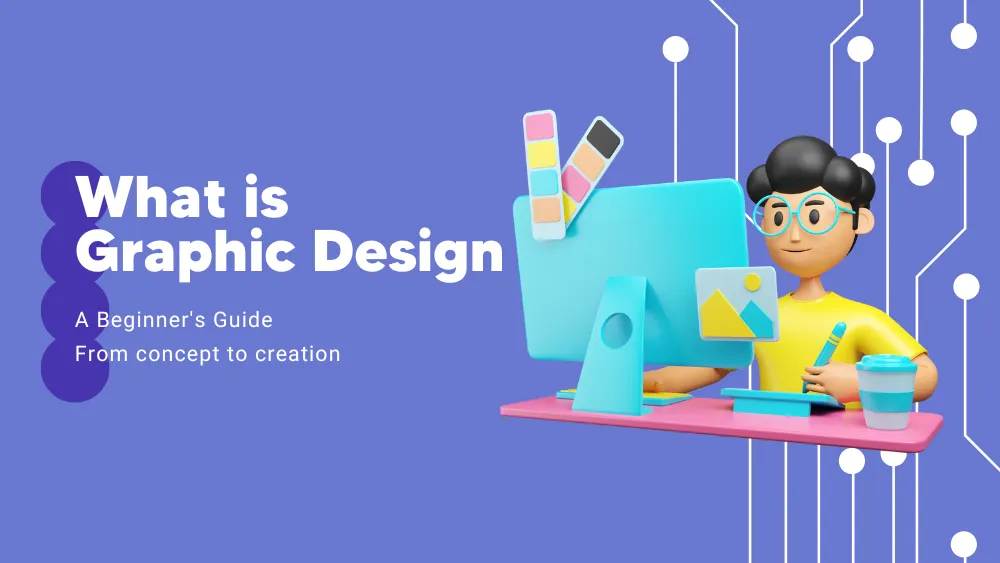Table of Contents
Cloud-based tools have become essential in architectural design, offering numerous benefits to architects and firms. These tools facilitate creating and editing 2D and 3D designs, collaborating with team members and clients, and managing project workflows.
This article will explain the advantages of cloud-based architecture design tools and how architects can improve their work!
What is Architectural Design?
Architectural design involves creating and planning the layout, form, and aesthetics of buildings and structures, blending art, engineering, and construction.
The goal of architectural design is to create structures that are functional and, at the same time, safe but also aesthetically pleasing and environmentally sustainable.
Consequently, several key characteristics define architectural design, such as:
-
Functionality
The primary purpose of architectural design is to create buildings and structures that meet the users’ needs. Concepts like spatial layout, access, and usability are always considered.
-
Safety and Durability
Architectural design must also consider the structure’s safety and durability. This involves factors such as the materials used, the structural integrity, and the ability of the building to withstand various environmental factors, such as wind, rain, and seismic activity.
-
Aesthetics
One of the most important aspects is also aesthetics. Buildings should be visually appealing and harmonious with their surroundings while also reflecting the culture and values of those who use them.
-
Sustainability
Especially in recent years, there has been a growing emphasis on sustainable architectural design. This involves creating buildings that minimize their environmental impact, reduce energy consumption, and incorporate green technologies and materials.
Architectural design is a complex field that requires a variety of skills. Whether for a residential home or a commercial structure, working with experienced architects is important to make sure that the building is functional, aesthetically pleasing, safe, durable, and sustainable.
Advantages of cloud-based tools for architecture design
Let’s break down the main point of this article: the advantages of architectural design software. Cloud-based tools offer many advantages over traditional on-premise architectural software applications.
Here’s a list of the most relevant ones:
-
Collaboration and Communication
A key benefit of architectural design software is improving collaboration among architects, clients, and stakeholders. Cloud-based tools enable more efficient teamwork, leading to better design outcomes.
Cloud-based architectural design tools offer features that enhance collaboration, including real-time editing, commenting, and file sharing. Real-time editing enables multiple team members to work on the same design at once, which is essential for large projects.
Commenting allows for effective feedback and communication among team members, while file sharing ensures everyone has access to the same documents, improving design accuracy and quality.
-
Accessibility and Flexibility
A key benefit of architectural design software is improving accessibility and flexibility. Cloud-based tools enable architects to access designs from any device with an internet connection and collaborate in real-time. This allows for efficient work whether in the office, on the go, or from home.
One key benefit of architectural design tools is remote accessibility. This is especially helpful for firms with multiple offices or remote teams, allowing architects to access and edit designs from any device, which enhances productivity while on the go.
A key benefit is the ability to collaborate in real time on the same design. The real-time editing and commenting features enable team members to work together seamlessly, regardless of location.
Cloud-based tools offer architects greater flexibility by allowing access to software and data from any device, reducing the need for costly hardware and software purchases.
-
Security and Back Up
Cloud-based tools for architectural design offer improved collaboration, communication, accessibility, and flexibility, along with security and backup options.
How do they do that?
Cloud-based tools improve security by automatically backing up data to remote servers, offering protection against data loss. In contrast, traditional storage methods like local servers are more vulnerable to hardware failures and disasters.
Data encryption improves security by using algorithms to secure transmission and storage, protecting against unauthorized access and theft.
Secure access controls are vital for data security, with cloud-based tools offering features like multi-factor authentication to ensure only authorized users access sensitive client data.
Additionally, architectural design software provides reliable backup options; unlike traditional methods like tape or hard disk, cloud-based solutions automatically back up data to remote servers, minimizing the risk of data loss from hardware failures or disasters.
-
Increased scalability
One of the key advantages of architectural design tools is their increased scalability. Cloud-based solutions allow architects to quickly adjust their software systems to meet changing business needs.
These tools also offer greater reliability and uptime compared to traditional on-premises solutions, as cloud providers have redundant systems that minimize downtime.
Types of architectural design tools
How to make this happen now? By using the right tools, of course! There are many different types of cloud-based tools and software applications available, both for architects and designers, such as:
- Cloud-based enterprise architecture tools
- Architecture diagram software
- Cloud-based project management tools
- Cloud-based collaboration tools
Each of these types of tools offers its unique benefits and features. Some of the most popular tools in the market are:
-
Autodesk BIM 360
A cloud-based platform that enables project teams to collaborate on building information modeling (BIM) projects in real time.
Autodesk BIM 360 allows architects to manage design and construction documents, track project progress, and facilitate communication among team members.
-
SketchUp
A 3D modeling software that allows architects to create detailed designs and models of buildings and structures. It offers a range of features for drawing, designing, and sharing 3D models with clients and stakeholders.
-
Revit
A BIM software, Revit, allows architects to design, model, and document building projects. It enables collaboration among project teams and offers visualization, analysis, and simulation tools.
-
AutoCAD 360
A cloud-based version of AutoCAD is a popular drafting software used in the architecture industry. AutoCAD 360 allows architects to access, edit, and share designs from anywhere and collaborate with team members in real time.
-
Rhino 3D
A 3D modeling software that architects commonly use for creating complex geometries and freeform designs. It offers a range of modeling, analysis, and visualization tools and supports various file formats for interoperability with other software programs.
These are just a few examples of popular cloud-based tools for architectural design. Architects’ specific tools may depend on their specific needs and preferences, and the requirements of their projects and clients.
How to choose the right cloud-based architecture tools
Well, this can often be challenging and time-consuming. Many different options are available in this market, each with distinct functionalities. Here are some steps you can follow to make the right choice:
- Identify your needs – the first step is always to identify your requirements and goals. What problems are you trying to solve, and what functionalities do you need? Make a list of your requirements and prioritize them.
- Evaluate different options – once you have identified your needs, research the available options in the market. Look for cloud-based tools that meet your requirements and compare them based on features, pricing, scalability, security, and ease of use.
- Read reviews and case studies – to get a general idea of how the tool works in the real world, you can read reviews from other users and case studies of businesses that have already used the tool. This can help you understand the tool’s strengths and weaknesses and how it can fit your business needs.
- Consider the vendor’s reputation – choosing a reputable vendor with a track record of providing reliable and secure services is important. Look for reviews and feedback about the vendor’s customer support, uptime, data security, etc.
- Use free trials and demos – before committing to a tool, why not take advantage of free trials and demos to test the tool’s features and functionality? This can help you make an informed decision and avoid costly mistakes.
Following these steps, you can choose the right cloud-based tools for your needs and improve your business processes.
Conclusions
Cloud-based tools have revolutionized architectural design, empowering architects and designers with improved accessibility, security, cost savings, and scalability.
Their growing popularity reflects a shift towards innovation, and as technology evolves, we can look forward to even more transformative solutions that will elevate the creative potential of the field.





